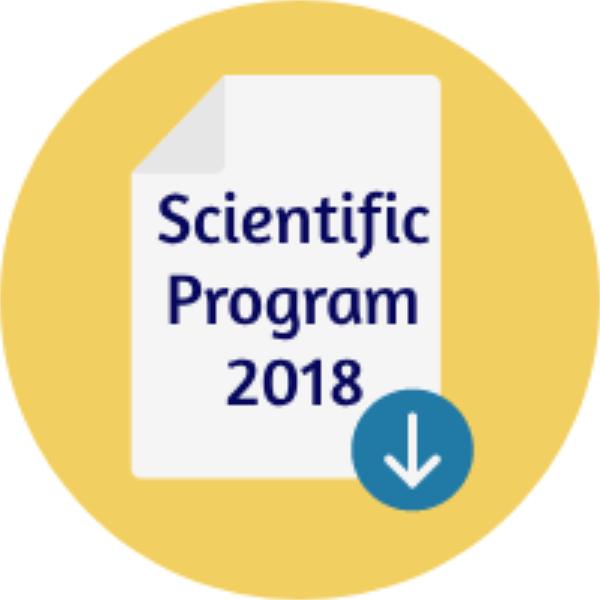
Mariana Gabriela Selener
University of Buenos Aires (UBA), Argentina
Title: Isolation and identification of a natural diterpenoid from Gymnocoronis spilanthoides with trypanocidal activity
Biography
Biography: Mariana Gabriela Selener
Abstract
Chagas disease is a parasitic disease caused by the protozoan Trypanosoma cruzi. According to the World Health Organization (WHO) this parasitosis affects 6-7 million people worldwide. In Argentina it is estimated that approximately 1.5 million people are infected. The current available drugs used for its treatment, nifurtimox and benznidazole, have limitations due to host toxicity, side effects and low efficacy. In this context, it is extremely necessary to develop new drugs. Nature has provided useful drugs that are used nowadays to treat different pains. Asteraceae species have been a rich source of active compounds and have been attractive for drug discovery. In previous work the trypanocidal activity of the dichloromethane extract of Gymnocoronis spilanthoides (Asteraceae) [GSDE] has been demonstrated. The aim of this investigation was to isolate and identified the active compounds present in GSDE. GSDE was purified by liquid-liquid partition and fractionated by column chromatography using Silicagel-60 and a gradient of CH2Cl2 and EtoAc. From fractions eluted with CH2Cl2: EtoAc (2:1) a pure compound was isolated (compound A). The GSDE as well as compound A were analyzed by HPLC (C18 column, linear gradient elution mode and UV/Vis absorbance detector). The structure elucidation of the isolated compound was performed by spectroscopic methods. The trypanocidal activity of compound A was evaluated on T. cruzi epimastigotes (RA) by the [3H]-thymidine uptake assay. The cytotoxicity of this compound on mammalian cells was performed using mouse splenocytes. Compound A presented a significant trypanocidal activity (IC50= 1.6 μg/ml). This compound showed some toxicity to mammalian cells (CC50=4.9 μg/ ml). The compound A presented 98% purity (by HPLC) and was identified as the ent-11α-hydroxy-15-oxokaur-16-en-19-oic acid. The trypanocidal activity of ent-11α-hydroxy-15-oxokaur-16-en-19-oic acid on trypomastigote and amastigote forms will be evaluated. We will also continue with the isolation and identification of other compounds present in the active extract.

